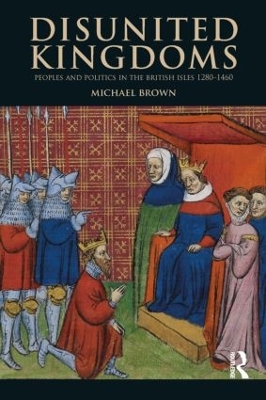In the last decades of the thirteenth century the British Isles appeared to be on the point of unified rule, dominated by the lordship, law and language of the English. However by 1400 Britain and Ireland were divided between the warring kings of England and Scotland, and peoples still starkly defined by race and nation. Why did the apparent trends towards a single royal ruler, a single elite and a common Anglicised world stop so abruptly after 1300? And what did the resulting pattern of distinct nations and extensive borderlands contribute to the longer-term history of the British Isles?
In this innovative analysis of a critical period in the history of the British Isles, Michael Brown addresses these fundamental questions and shows how the national identities underlying the British state today are a continuous legacy of these years. Using a chronological structure to guide the reader through the key periods of the era, this book also identifies and analyses the following dominant themes throughout:
- the changing nature of kingship and sovereignty and their links to wars of conquest
- developing ideas of community and identity
- key shifts in the nature of aristocratic societies across the isles
- the European context, particularly the roots and course of the Hundred Years War
This is essential reading for undergraduates studying the history of late Medieval Britain or Europe, but will also be of great interest for anyone who wishes to understand the continuing legacy of the late medieval period in Britain.
- ISBN10 1405840595
- ISBN13 9781405840590
- Publish Date 21 January 2013
- Publish Status Active
- Out of Print 12 March 2021
- Publish Country GB
- Imprint Pearson Education Limited
- Format Paperback
- Pages 344
- Language English
